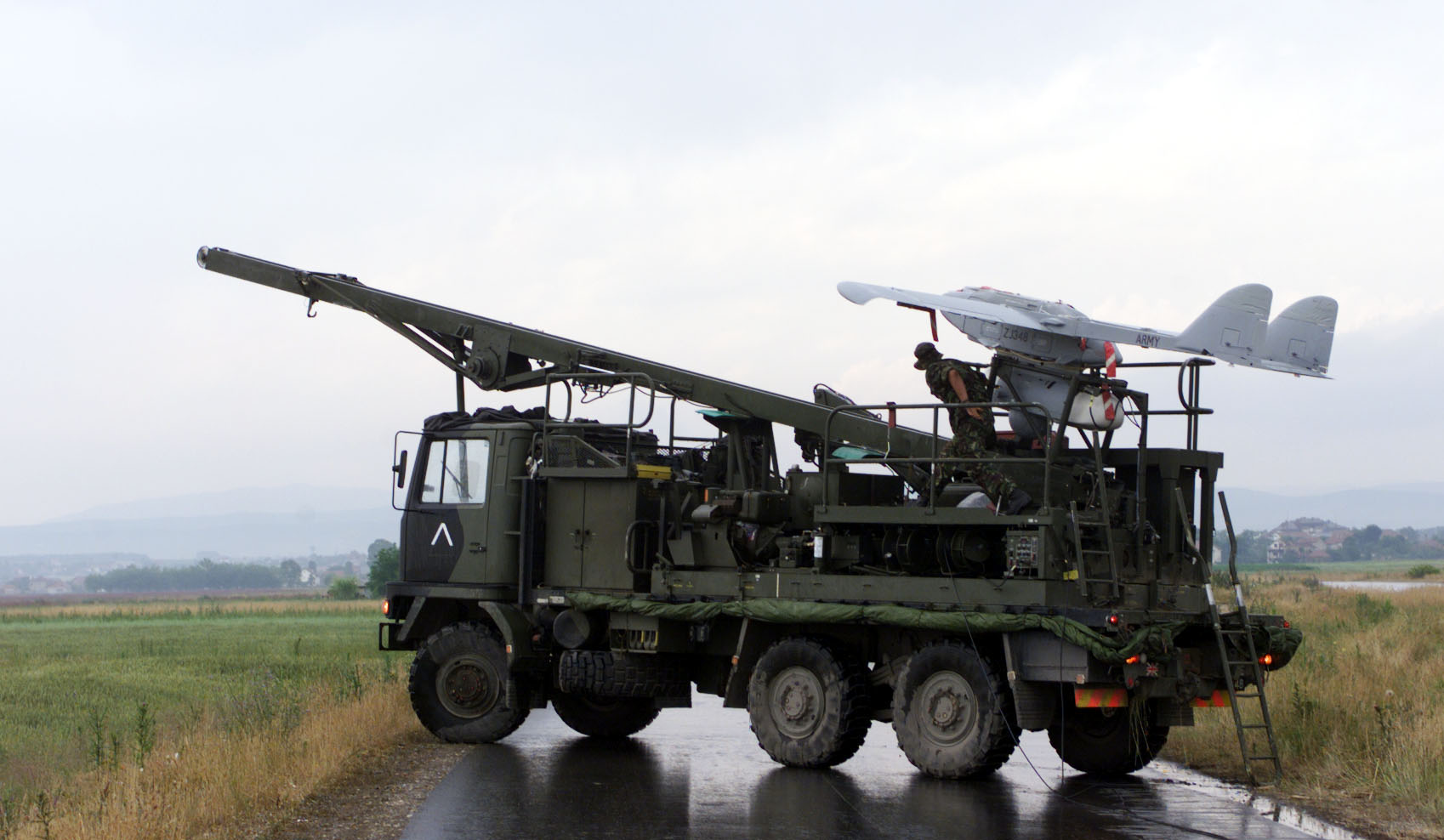
3 minute read
'Our soldiers are the Army': British Army Review #189
As an institution that jealously guards its myriad traditions and harbours a host of historical peculiarities (whether relating to regimental mascots, mess etiquette or differentiations in full dress), the British Army – at first glance – does not appear to be the optimal subject for modernisation.
Having pride in their forebears’ past does not, however, make those in the UK’s land forces Luddites or mean today’s Army is ill-equipped to keep pace with technology’s relentless and accelerating march.
Indeed, history unequivocally demonstrates the Service’s ability to evolve. From horseback to armoured vehicles and muzzle-loading rifles to automatic weapons, British soldiers have a proven track record for adapting to major changes to the tools of their trade.
And this readiness to embrace emerging technologies and explore new ways of operating has been evidenced in abundance since the turn of the millennium.
It does not seem that long ago that, during my formative days working in defence, I was reporting on a trial of DIVE [Dismounted Infantry Virtual Environment] – a computer simulation, based on the game engine of a popular PC first-person shooter, that allowed troops to collectively rehearse their drills for fighting in built-up areas before swapping a classroom and keyboards for Copehill Down and blank rounds.
Was this early foray into digital deployments a military game changer? Perhaps not, but simulations and synthetic wraparounds have established themselves as a common feature of the Army’s training arsenal and the capability to hone tactics, techniques and procedures virtually has been credited with saving lives on operations. This ‘next generation’ training would not exist without a willingness to experiment.

Perhaps more striking has been the advance and adoption of automation. I recall in 2001 being captivated by the sight of the Royal Artillery’s Phoenix unmanned aerial vehicle [pictured above] being catapulted into the skies above Kosovo from the back of a launch support vehicle. But when considered in the context of 2024, it transpires the part played by Phoenix in the British Army’s sprint to integrate drone technologies was as glimpsing as its take-off – blink and you will have missed it. The Service has worked tirelessly to be at the spearhead of sophisticated systems, with new additions to its ‘drone’ fleet proving as plentiful as the changes to the preferred nomenclature [unmanned, uncrewed, remotely piloted...].
Modernisation – either dictated and driven by deployments, as was the case with the raft of urgent operational requirements that were rolled out in Iraq and Afghanistan, or a product of pragmatic horizon scanning – is therefore not an alien concept for the Army. There are historic and recent case studies to serve as a handrail to delivering the Chief of the General Staff’s intent and crucially, as documented throughout this edition of The British Army Review, plenty of work and programmes already well under way.
Integral to all that has changed and is set to change is, of course, those that serve. As stated by one of this issue’s authors, there is a requirement to recognise “people as our point of difference – our soldiers are the Army”. Whatever form modernisation takes, the human in the loop, the military mind being supported by artificial intelligence and the feet in the latest issue boots are ignored at the nation’s peril. The Army needs, and will always need, people motivated, trained and willing to cross the line of departure for the benefit of others. A modernisation of the ‘Army offer’ that appeals to the modern soldier will be key to any futureproofing. – Andrew Simms



